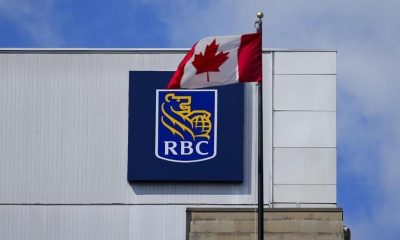It was a revolution; a game-changer. The shale industry that transformed American oil was on its way to upending the world by first rendering the United States energy independent, and then turning it into the most formidable energy power on the planet. Then, a double disaster struck. Now, there is talk about the previously unthinkable: production cuts.
When Texas railroad commissioner Ryan Sitton last month floated the idea of a joint production cut between Texas and OPEC, many immediately opposed it, including, notably, the American Petroleum Institute (API).
“You’re facing a situation where there’s so much demand destruction from people staying home because of COVID-19 and there’s so much oil flowing right now with no place to go,” Commissioner Sitton told the Houston Chronicle. “The supply chain is facing a problem and it backs up all the way to the gas stations.”
It is undoubtedly a complex problem. U.S. production is still close to record-highs hit last year even with rigs being idled at a fast pace as companies brace for the worst of the crisis. Storage is running out, although, according to data from the EIA and Labyrinth Consulting that energy expert Art Berman posted on Twitter yesterday, there is still ample space in U.S. oil storage facilities. Prices are lower than breakeven levels. Something’s got to give.
Initially, the U.S. industry—and Washington—believed what had to give would be OPEC and Russia. They were the ones that have been controlling prices in concert for years now. It was their job to put a floor under the benchmarks yet again. It is this reliance on OPEC and Russia that is the clearest sign yet that America is not as energy independent as it might like to believe.
Related: Is Gazprom’s LNG Megaproject Doomed To Fail?
The reason for this is simple. As Columbia University scholar and former energy official David Sandalow put it in a recent article, “So long as significant portions of our economy are powered by oil, we will remain subject to the ups and downs of global oil markets.”
The United States last year became a net exporter of crude oil and oil products. Yet it is still importing oil—including, surprisingly, from Russia—at a rate of more than 6 million bpd. Continued imports are one aspect of the incomplete energy independence. It is hypothetically possible to bring imports down to zero at some point in the future. What cannot be brought down to zero is the dependence of any one oil-producing economy on international oil prices. Being an exporter of the most traded commodity is a mixed blessing. It’s good when prices are high and not so good when they tank.
Washington’s reaction to the latest events in oil is a clear enough indication of this dependence and its unpleasant nature. Last week, media reported that the U.S. oil industry had started a lobbying offensive against Saudi Arabia and Russia, calling for sanctions and tariffs on imported oil to get the world’s number two and number three top producers to limit production.
If anyone thinks that there’s something missing, they are right. The U.S. oil industry, like the U.S. President, is calling on other producers to limit their production, but there is no official word—besides Sitton’ s—that the U.S. is ready to join the cuts. It reflects the dominant, long-standing mentality: OPEC manipulates prices through production adjustments. OPEC—and its partners—should act now.
Related: Will This Be The Slowest Year Ever For Oil & Gas Mergers?
Low oil prices are bad for every producing nation, especially if they are as low as they are now. This means that every producing nation has a vested interest in production cuts. However, this is not the only consideration, at least from the Russian and, to a lesser extent, the Saudi perspective.
The oil price war was called by many a war on U.S. shale. Although last week Saudi Arabia lashed out at Russia for allegedly unjustly accusing Riyadh of playing against U.S. shale, weaker U.S. shale is even better for the Saudis than it is for the Russians. The former have a higher breakeven price than the latter and are more vulnerable to competition from the United States. If OPEC+ now agrees to cut production without asking the U.S. to do the same, it would effectively hand over the crown of the global oil decision-maker to Washington. While Saudi Arabia may be on board with this, Russia may have misgivings.
A lot of geopolitics revolves around oil. It’s not surprising since the world runs on oil. But because of that close connection, it is often hard to see where oil ends and geopolitics begin. All producing nations want prices higher than they are now. Yet from a geopolitical perspective, some may be willing to suffer another few weeks of superlow prices to make a point, the point being that no one country could or should have the final word on how much the whole world produces.
By Irina Slav for Oilprice.com
More Top Reads From Oilprice.com:
































